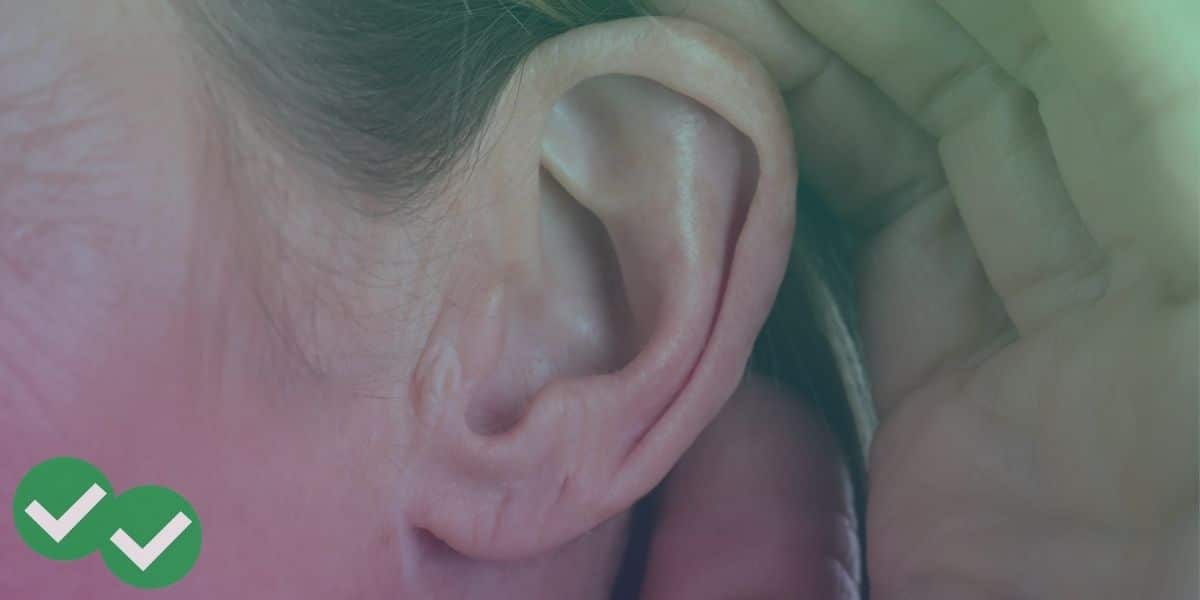Test day is coming, and you’ve been working hard. You’ve memorized new vocabulary, polished your punctuation, and written more essays than you care to remember. But even as your arguments become clearer and your editing gains speed, your writing still isn’t quite right even after all of your writing practice. When you ask friends to read your essays, they tell you that your writing is “choppy” or that it’s difficult to follow along as you jump from idea to idea. If this sounds familiar, then you may need to work on your use of transitions.
A good transition can be as short as a single word or as long as a whole sentence. It can give your writing a more natural-sounding rhythm, but it can also do much more: it makes the logical structure of your writing clear, and, most importantly, it shows how two items or concepts are related to each other. It can even help your reader decide how he or she should feel about something!
We can group transitions by the kind of relationship they show. Let’s look at some of the most common types of transitions.
SIMILARITY: similarly, like, as, likewise, in the same way
CONTRAST: nevertheless, yet, still, on the other hand, despite, although
TIME/SEQUENCE: First, second, etc…; next, then; at first; after that; currently; simultaneously
EMPHASIS: actually, even, indeed, especially
CONCLUSION: In conclusion, finally, therefore, thus
You can practice some of these words by combining each pair of sentences below; you can change the order of the sentences or rephrase them slightly if you want. How many different transitions can you use for each pair? How does the choice of transition affect the meaning of the sentence?
My family has always lived in the same house. We travel often.
Most people who have pets prefer either dogs or cats. I have a pet elephant.
I study anthropology. My sister is interested in anthropology.
We built a raft. We went on an adventure.





